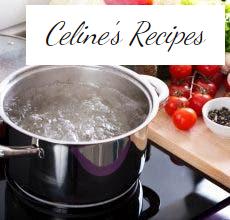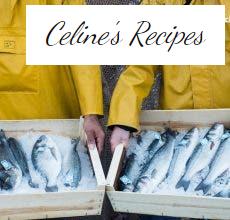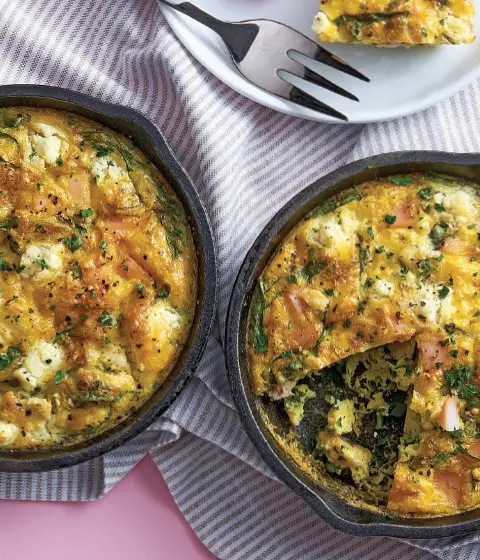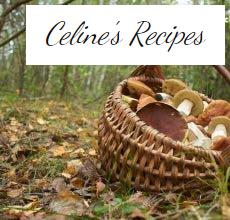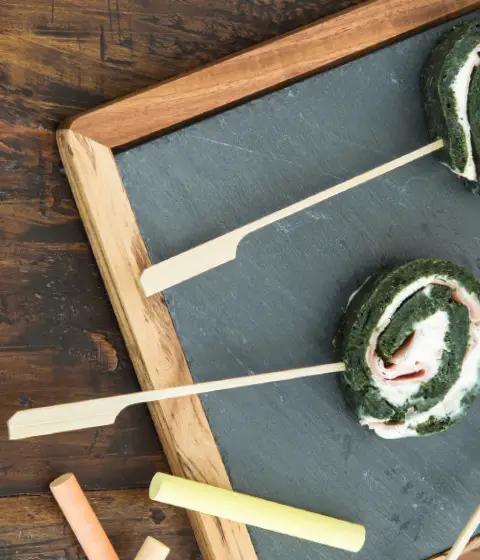
“ Fariña is the future! ”, They said in the adaptation of Nacho Carretero’s book to the small screen.
The truth is that fariña (flour. From lat. Farīna ), the truth, has been past, present and will always be future.
But what is flour?
Well, it is nothing more than the fine powder obtained from grinding any type of cereal or other starchy foods , such as legumes, or even fruits such as chestnuts. But there are also flours that are extracted from ground bones.
There are almost a hundred types of flour . We will start by distinguishing this fundamental ingredient in any kitchen in the world into two groups. We make this first classification according to its origin: vegetable flours and animal flours.
The flours of animal origin are used as source of protein in animal feed. With it , feeds and products for birds, livestock, pets are manufactured … They can be made from by-products, which should not be confused with waste.
What does this mean?
Well, flour of animal origin is obtained from bones (as we mentioned before), blood, feathers, hair, hooves or fish. These by-products must be ground, cooked, pressed for fat removal and ground again.
The flours of plant origin are the most common. We use them, or at least consume them, almost daily. In this group are wheat, corn, millet, rice, rye, oat, barley, chickpea or soy flour, among others. (Remember that there are almost a hundred varieties!).
Let’s see what are the characteristics of the most used and for what type of preparations is each of the varieties.
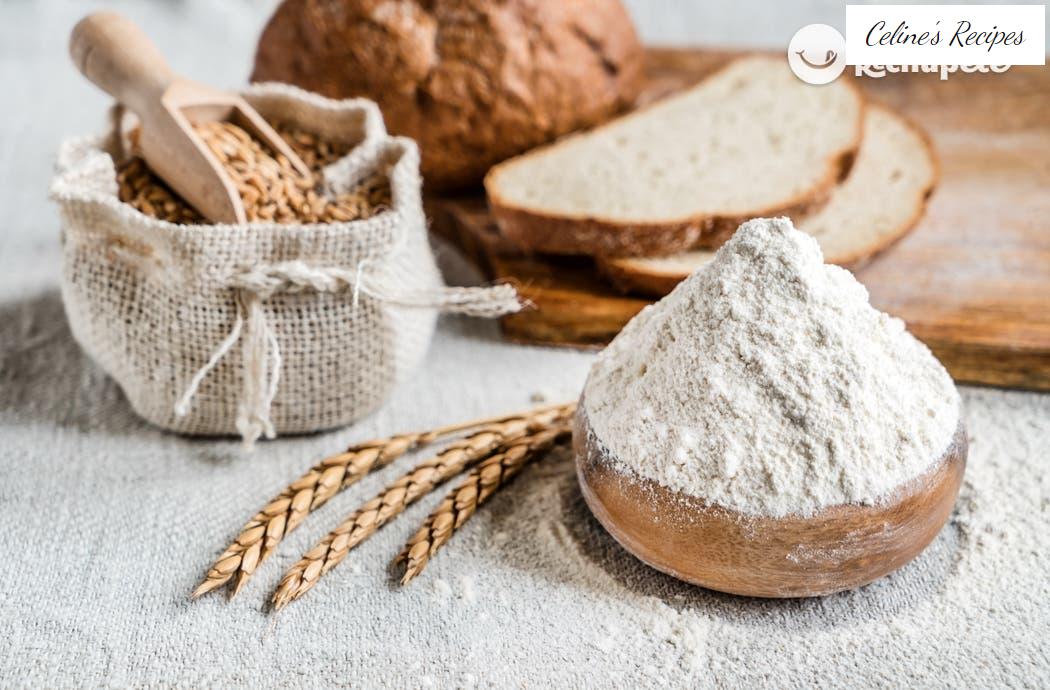
Types of flours
- The wheat flour is flour most commonly used . It is the one used to make sweet, salty doughs, but also to coat meat and fish or to make bread .
| Main components of wheat flour | |
| Component | Approximate percentage (%) |
| Starch | 70-75% |
| Protein | 9-14% |
| Carbohydrates (excluding starch) | 2-3% |
| Lipids | 1.5-2% |
- Also, wheat flour has a whole variety. This one is darker . It is obtained by grinding the whole grain and therefore it is the most desirable or healthy . However, its shelf life is shorter, it gets rancid much earlier, so it is recommended to use it freshly ground.
- Another very popular type of flour is corn flour . Tortillas, empanadas or empanadillas, biscuits, cookies and even bread are usually made with it (can any Galician live without eating millo bread ?). It is also used to thicken some stews or sauces.
- Among the characteristics of corn flour, its high starch content and its absence of gluten stand out , making it the main ally of people with celiac disease. It is, in short, a flour with many possibilities for your recipes .
- Another of the best known is rye flour : It is, with wheat flour, the most used to make bread. Its use for confectionery is not recommended because rye brings a bitter flavor to the dough that, in addition, is sticky, which makes its kneading and handling more difficult. In the case of rye flour, sometimes the grain is practically whole.
- The barley flour is one of those flours are used to thicken sauces . It is also used to make bread, although the result is less fluffy and denser. This type of flour contains very little gluten and, nevertheless, has a high nutritional value , which makes it very beneficial for the body. It is usually mixed with other types of flour because it has little volume.
- The oatmeal is ideal for preparing recipes for celiacs because it contains no gluten. This makes the dough obtained from this type of flour less consistent, so it cannot be used to make bread. However, its fine texture and smooth flavor make it perfect for baking : from porridge, creams, cookies or muffins and biscuits.
- The rice flour is a flour type very light used mainly for Battered and thicken sauces and stews. It is very common in Japan, where they use it to make recipes in tempura and also rice noodles. Also, rice flour is gluten-free .
- Nut flours . The best known are almond flour (widely used in confectionery such as the famous Santiago tart or almond) and chestnut flour .
- Other gluten-free flours are those obtained from the grinding of legumes . The most common are soybean and chickpea flour. They are high in fiber and protein.
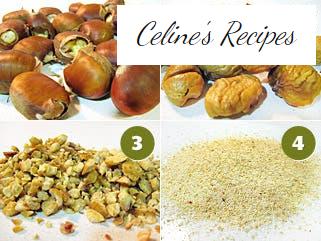
And so, we could go on to list the hundred varieties of flour that exist … but we still have to make a last classification for which we will take into account a series of universal parameters such as force (W) , extraction rate (how much flour is obtained by grinding 100 kilos of grain), or the amount of protein contained in the grains (grams of protein per 100 grams of flour).
In spite of everything, the flours are classified differently according to the countries , although what this classification indicates is, basically, the correct use that must be given to each type of flour .
Flour classification
In Europe , flour is classified based on the amount of protein (and gluten) it contains:
- Flours of great strength : they are the ones that contain the most proteins, around 13 – 15% , and they are used to make pasta .
- Flours of force ; They contain 11-12% protein and are used to make bread. They come from durum wheat, with a high gluten content (higher content of glutenin than gliadins), which give it great resistance to stretching, to be considered a strength flour must have at least a percentage of 12 grams of protein in each 100 grams of flour, up to 15% (these would be very strong flours) and can absorb up to 750 g of water per Kg.
- Flours of medium strength or bread : The protein content will be between 10 – 11% g for every 100 g. This flour is not always in a package, or at least well labeled, however it can be achieved by mixing half the required amount of flour from hard flour and the other half from loose flour. Many times we can find it in a package but it is not specified to be medium strength or bread-making. One more thing, although these are the flours that are called breadmaking, the bread, or better, the different breads, can be made with different types of flour.
- Weak or weak flours : they have between 7 – 9% protein and are used in baking . The amount of gluten will be less than 10 grams per 100. These flours absorb less water than the forces (500 g per Kg instead of 750), although it produces more tender breads but they harden more quickly.
| Types of flour according to their strength | |
| Loose flour (for cakes, cakes, cookies …) | 7-9% protein |
| Flours medium strength or bakery | 10-11% protein |
| Flours strength (specific breads, brioches, doughs with a lot of fats and a lot of sugar) | 12-13% protein |
| Flours of great strength (brioches, dough with a lot of fat and a lot of sugar) | 13-15% protein |
Are any of these flours “better” than another? the answer is flatly no, the only thing that happens is that each of these flours is more suitable for some preparations than for others.
Another of the most common flour classifications is determined by a numerical value: zero.
This classification is mainly used in America. The number of zeros determines the degree of purity of the flour.
- The flour 0 are coarser , with impurities or grain residues, so they are less refined.
- The flours 00 and 000 have high protein content and facilitate the formation of gluten , so they are ideal for making breads.
- The 0000 flours are the most refined and white . They contain little gluten and are the most used in pastry.
We could establish an equivalence between the two types of classification
- Flour 0 = flour of great strength
- Flour 00 = medium strength flour
- Flour 000 = loose flour
- Flour 0000 = very loose flour
Tricks for a good use of flour
- Sieve. This means passing the ingredient (in this case the flour) through a strainer. With this technique we manage to aerate the flour to obtain a lighter and fluffier dough.
- Add at the end. The flour should be the last ingredient that we add to the dough, since it is when adding and whisking when the flour begins to develop gluten. The more gluten, the drier the dough will be, so it is recommended to add it at the end and beat just enough.
- Do not add at once . It is recommended to add the flour two or three times so that the rest of the ingredients are not crushed and its air and fluffiness are lost.
Some keys to keep in mind
- The Color : should be white or yellowish; if it is bluish or reddish, it has been adulterated. Don’t use it.
- The grain : although its size varies according to each producer, a good flour is fine and soft
- Malleability : if it is extensible and easy to handle when mixed with water, it contains gluten
- Cooking : flours that do not contain gluten do not rise during cooking, so they must be mixed with other flours if we want to make products such as bread.
- Conservation : the flour should always be stored in an airtight container away from heat and humidity
Did you like it? Share it!
Share Tweet Pin it To print
Receive a weekly email with new recipes and yummy recommendations.
Think of Pixels SL as the owner of Recetasderechupete.com, it will use the data you provide in this form only to send you blog updates. We treat your data with respect. For more information see the Privacy Policy . You can change your mind at any time and unsubscribe by clicking on the footer of any email you receive from this website, or by contacting [email protected]. Yummy recipes use Mailchimp as a platform for sending emails. Mailchimp is covered by the EU-US Privacy Shield agreement, approved by the European Data Protection Committee. By submitting this form, you consent to your data being transferred to MailChimp for processing in accordance with its Privacy Policy .
If you liked this article you will like:
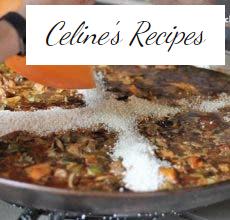
Paella. Origin and History
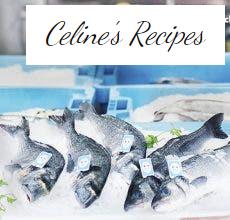
Spanish aquaculture. Raising Our Seas


